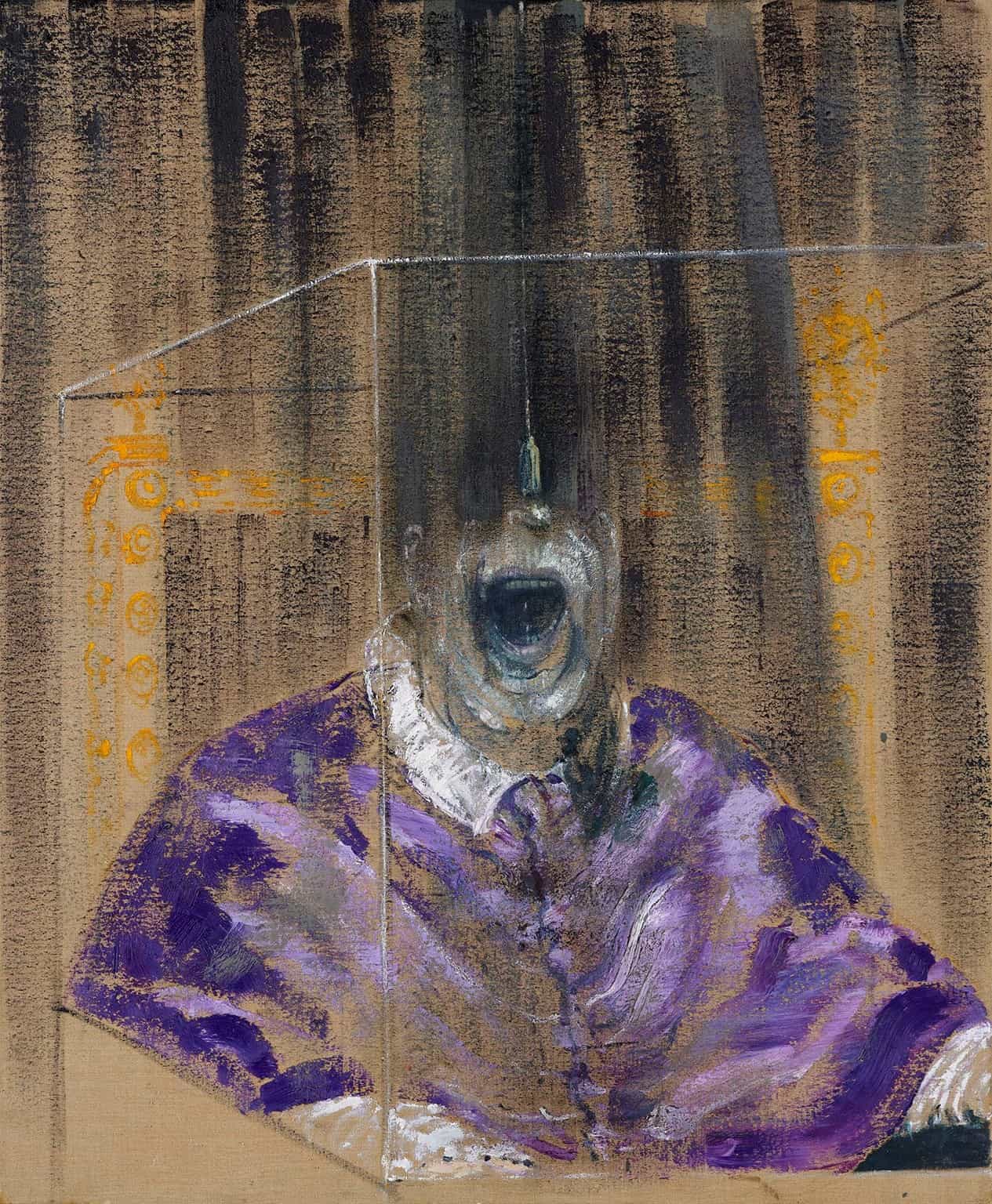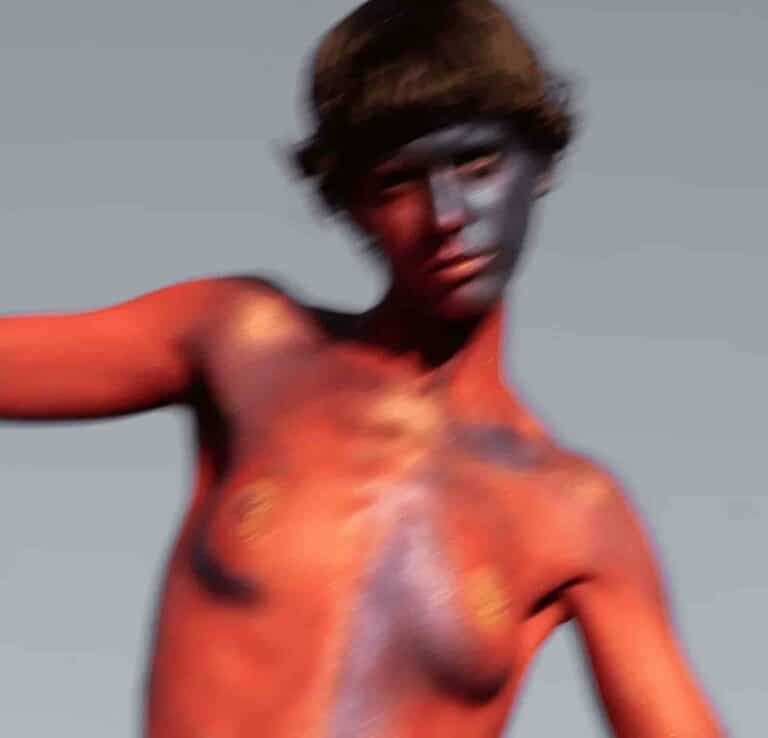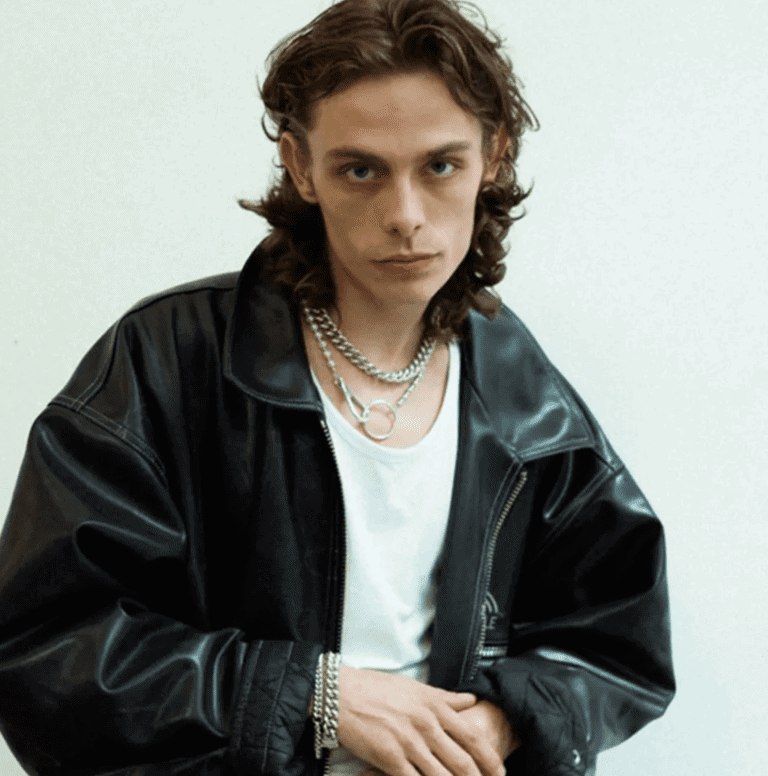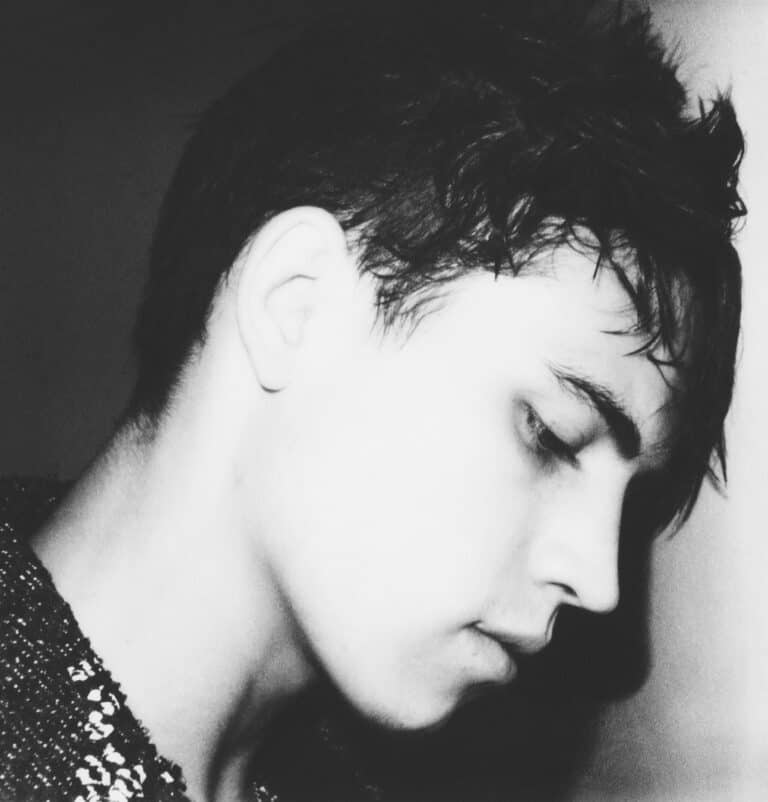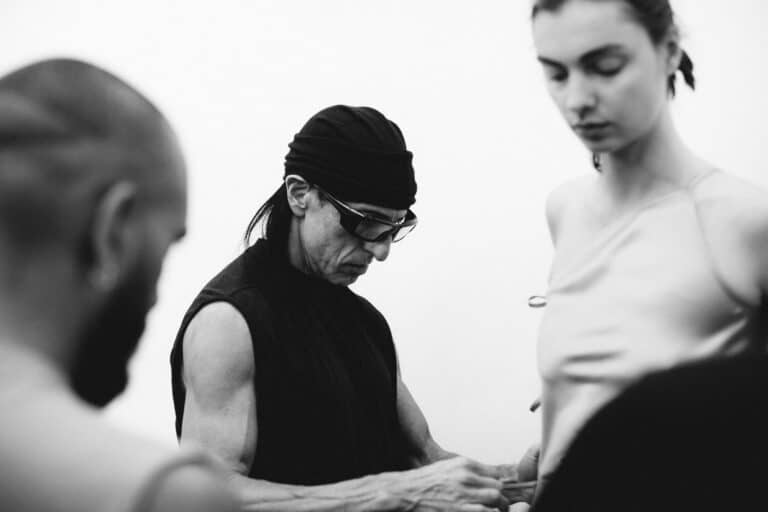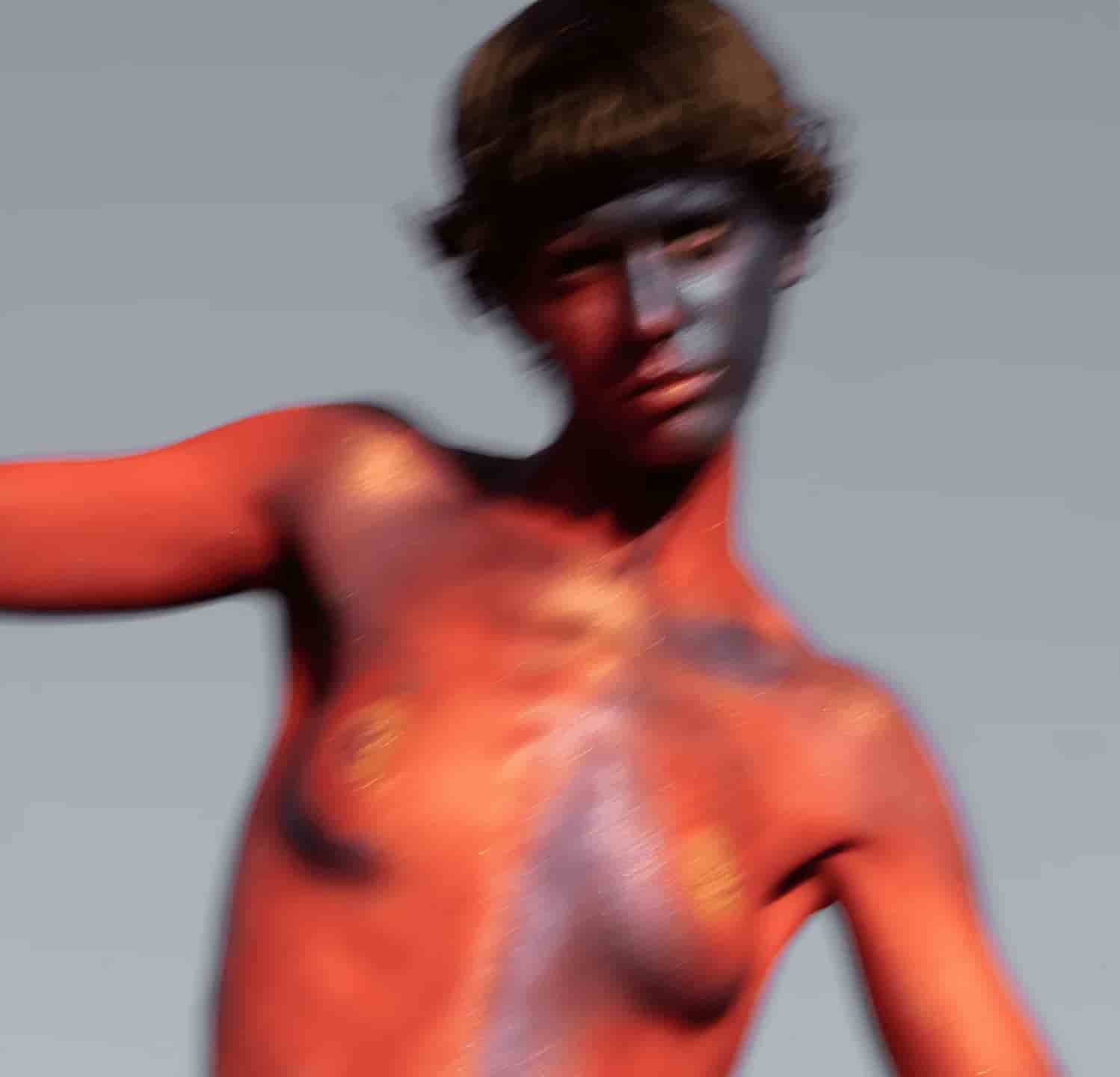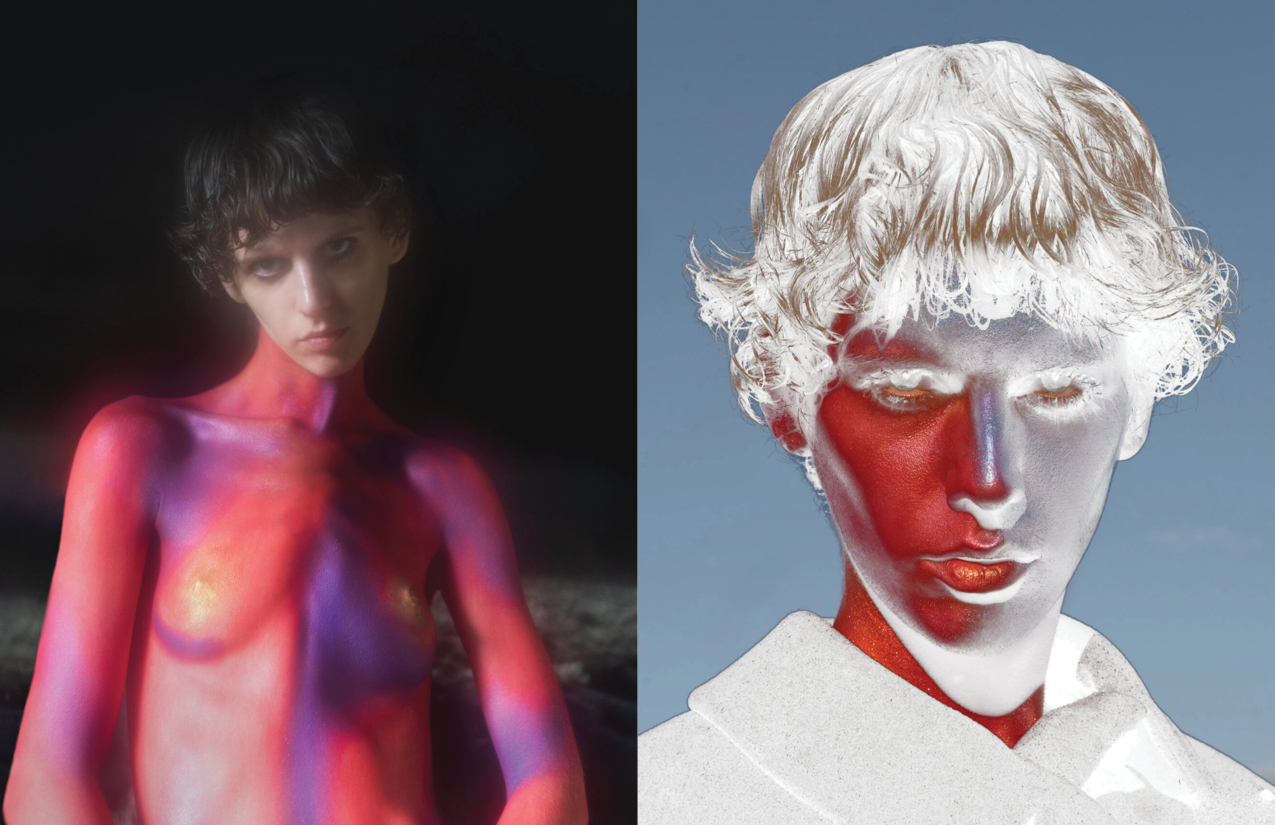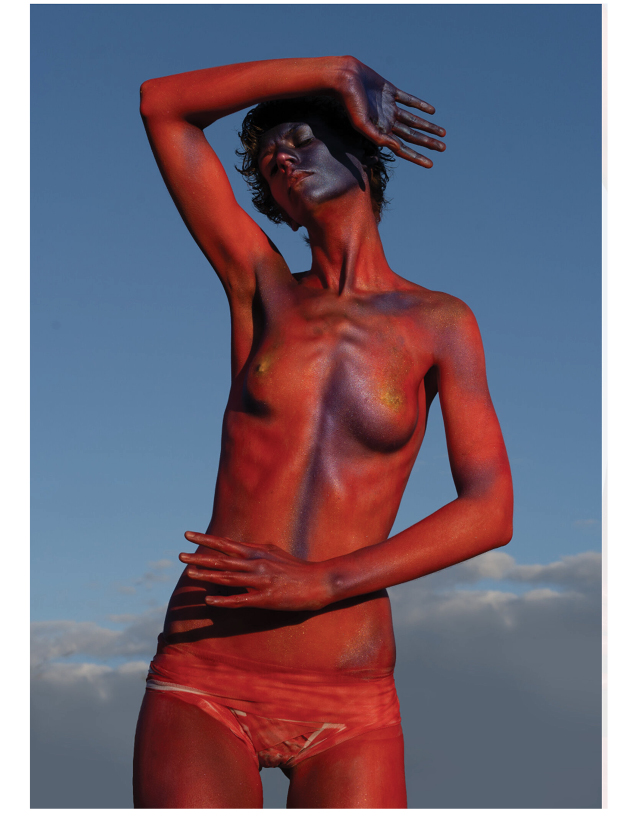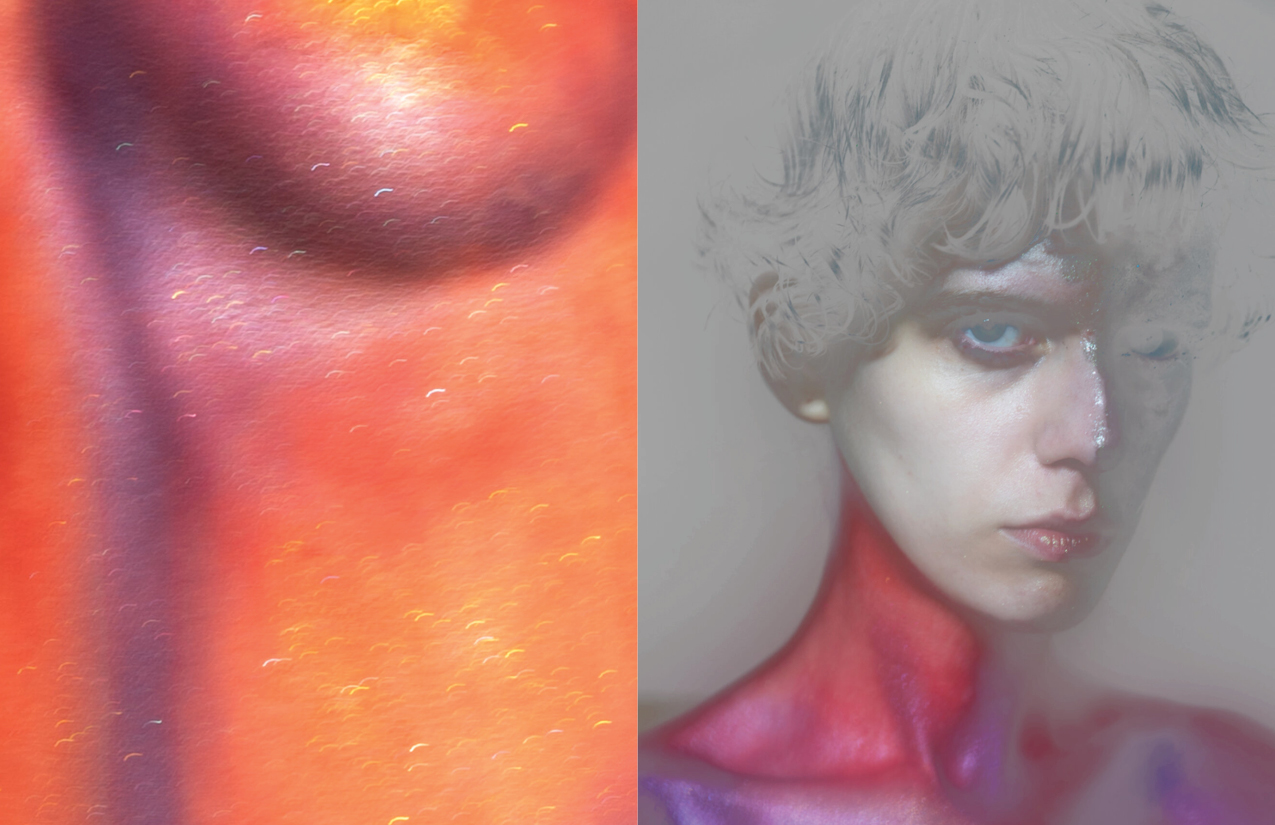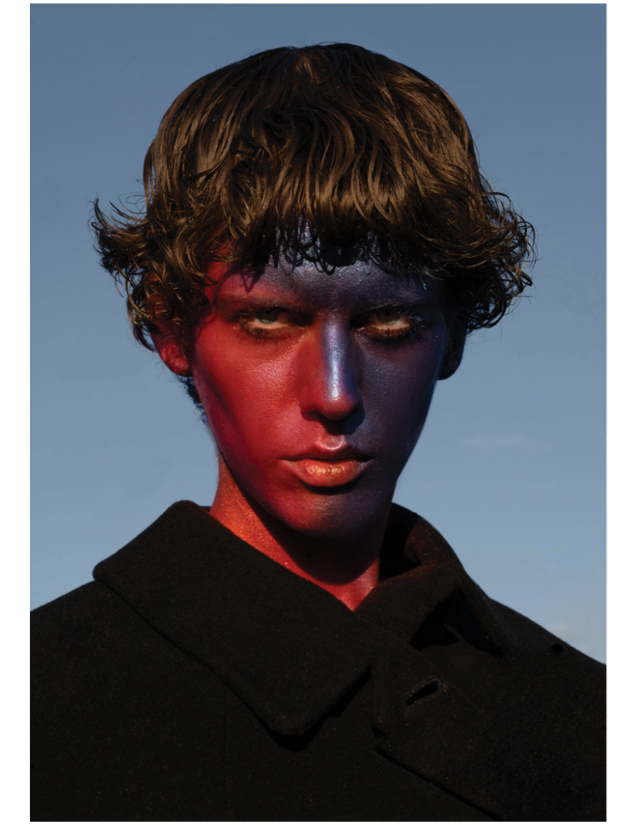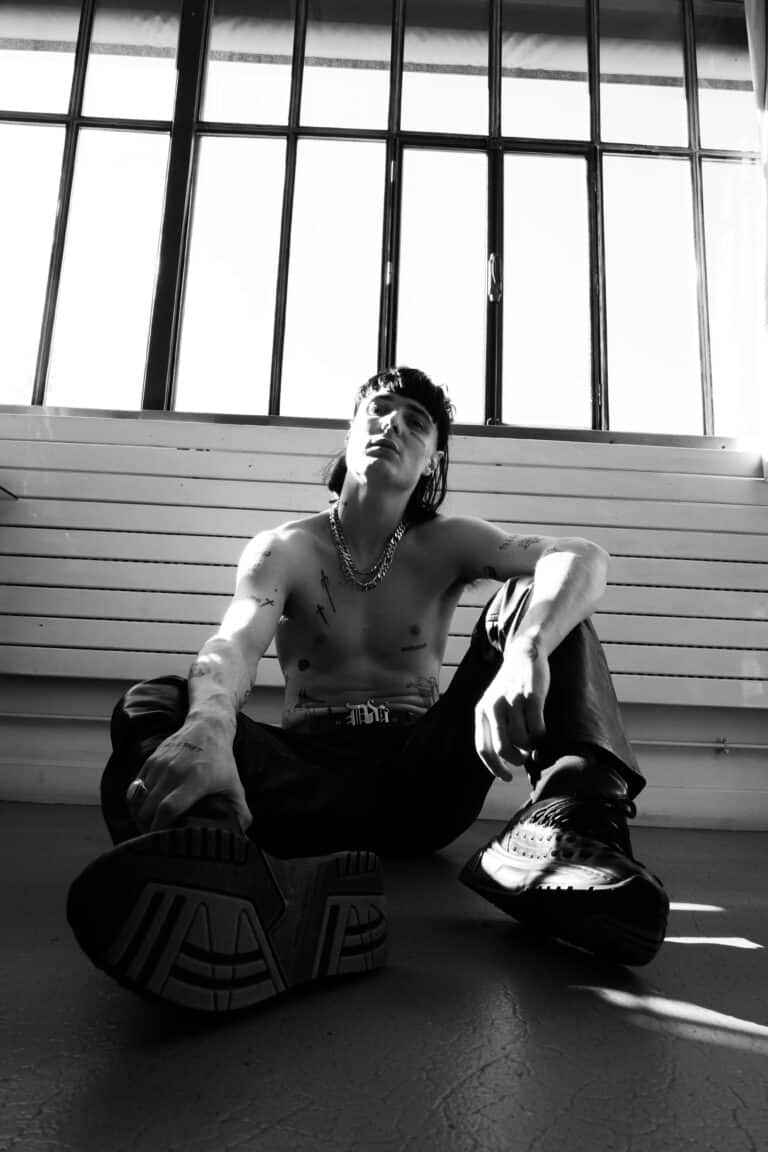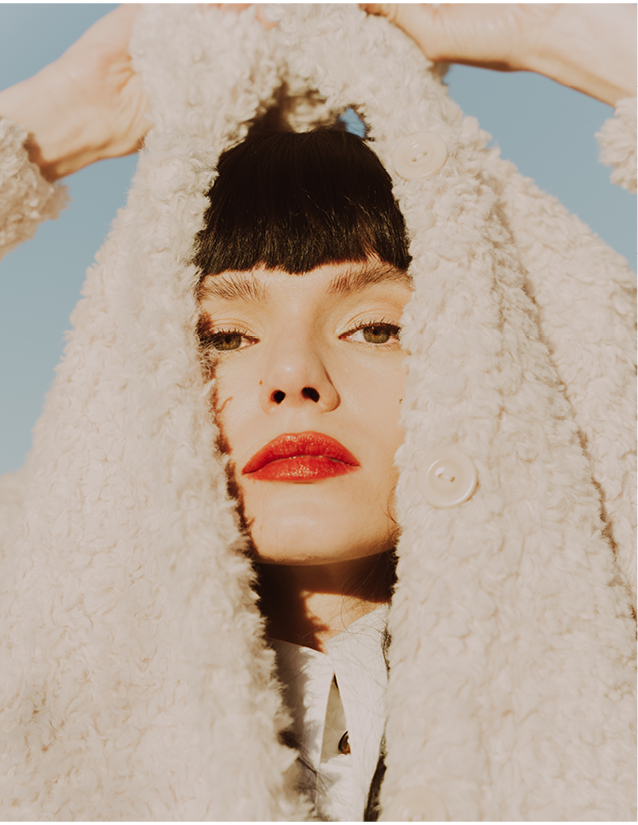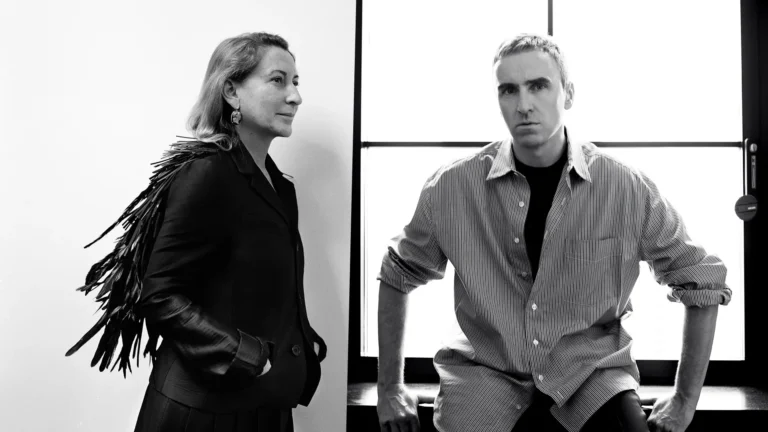Exhibitions
de Pury Presents … Anton Corbijn, : January 24 – February 28, 2022
Dutch photographer Anton Corbijn is best known for his candid celebrity portraits. His subjects span everyone from David Bowie, Miles Davis, and Kurt Cobain to Naomi Campbell, Kate Moss, and Donatella Versace, each captured in a hazy black-and-white style, achieved by setting a slow shutter speed to evoke movement and gesture. Fans of Corbijn will be thrilled by the news of a new exhibition of such works, curated by Simon de Pury, and available to view online and in person, by appointment only, at Corbijn’s own studio in The Hague.

Leigh Bowery: Tell Them I’ve Gone to Papua New Guinea at The Fitzrovia Chapel, London: January 7 – February 6, 2022
A forthcoming exhibition at the Fitzrovia Chapel will celebrate the life and work of iconic performance artist Leigh Bowery. The choice of venue is particularly poignant: it is the last remaining building of the Middlesex Hospital, where Bowery died from Aids on New Year’s Eve of 1994. The display will centre on Bowery’s many extraordinary costumes and creations, which were designed “to shock and thrill onlookers from the dance floor to gallery”. It will also include a short film featuring interviews with some of Bowery’s closest friends and collaborators, from Nicola Bateman and Sue Tilley to Boy George.

Dawoud Bey & Carrie Mae Weems: In Dialogue at The Grand Rapids Art Museum, Michigan: January 29 – April 30, 2022
Acclaimed American image-makers Dawoud Bey and Carrie Mae Weems make work that is “grounded in specific African American events and realities while simultaneously speaking to a multitude of human conditions”, to quote the Grand Rapids Art Museum. The artists met in 1977 and soon became intellectual colleagues and companions. Now, a forthcoming exhibition at the Michigan museum will present their work together for the first time, spotlighting the pair’s individual trajectories and unique stylistic approaches, as well as their “shared consciousness and principles”.

John Stezaker, Blue Double Shadow XII, 2020© the artist, courtesy of The Approach
John Stezaker: Double Shadow at The Approach, London: January 13 – February 19, 2022
At The Approach in London, British collage artist John Stezaker will present a compelling new series of works titled Double Shadow that investigates ideas of duality. As is typical of Stezaker’s approach, found imagery is given shadowy new life in these latest offerings, which evoke what the gallery terms “feelings of surprise, paranoia, mystery, voyeurism and curiosity in a sliding, ungraspable narrative”, inspired as they are by Stezaker’s enduring love of film noir.

Projects: Kahlil Robert Irving at The Museum of Modern Art, New York: Until May 1, 2022
Working across sculpture and collage, ascendant American artist Kahlil Robert Irving makes multi-layered assemblages of images and replicas of everyday objects that serve as politically charged examinations of contemporary life. In a special project for MoMA, Irving has created a must-see, site-specific installation on the museum’s first floor – a powerful and poetic display that “mines the Internet as a living archive of Black life, death, remembrance, celebration, and survival”.

Francis Bacon: Man and Beast, Royal Academy, London: January 29 – April 17, 2022
The legendary Irish-born painter Francis Bacon made work that responded to, and encapsulated, the horrors of war and the trauma it spawns. His expressionistic, wildly contorted figures are often “barely recognizable as either human or beast”, and were – as a forthcoming exhibition at London’s Royal Academy will reveal – stylistically indebted to Bacon’s lifelong fascination with animals. Spanning the artist’s 50-year career, the show will shed light on Bacon’s extensive study of the animal kingdom and its manifestation within his work.

Body Vessel Clay Black Women, Ceramics & Contemporary Art at Two Temple Place, London: January 29 – April 24, 2022
Be sure to catch the annual show at London’s Two Temple Place, this year dedicated to three generations of Black women artists working in clay. Titled Body Vessel Clay, the exhibition will explore 70 years of ceramic history, beginning with the renowned Nigerian potter Ladi Kwali, and her work with British Studio Pottery in the 1950s, and ending with a number of contemporary international artists (think: Phoebe Collings-James and Jade Montserrat) who are using clay in revolutionary new ways.
Film

This month’s best documentaries, meanwhile include Ailey, Jamila Wignot’s moving study of the life and work of visionary dancer and choreographer Alvin Ailey; Cow, British director Andrea Arnold’s engrossing and unflinching film about the life of dairy cows; and Radiograph of a Family, Firouzeh Khosrovani’s inventive portrait of an Iranian couple living through the 1979 Islamic revolution.


